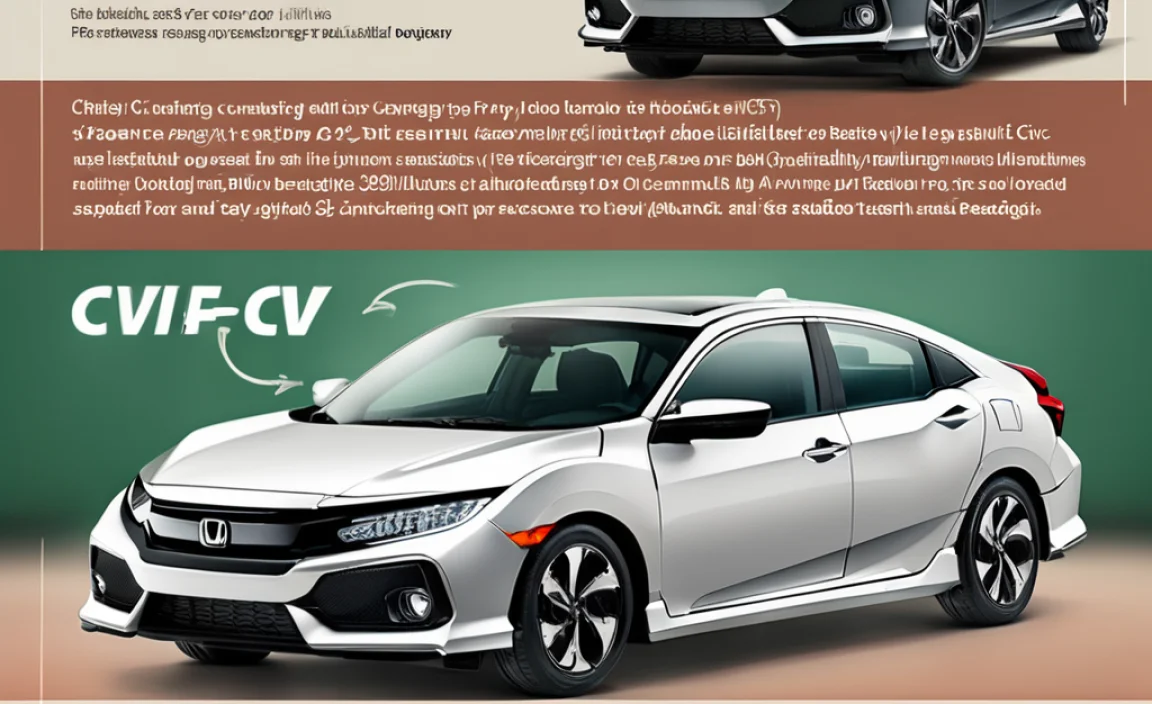US Plug Adapter for Europe: The Essential Converter for Your Travels
Navigating international travel requires meticulous planning, and one often-overlooked yet crucial item is the US plug adapter for Europe. Without the right adapter, your electronic devices, from smartphones and laptops to hair dryers and shavers, can quickly become expensive paperweights once you land on European soil. Understanding the nuances of electrical outlets across different continents and ensuring you have the correct converter is not just a matter of convenience, but also of safeguarding your valuable electronics.
Europe, while largely united in its economic and political spheres, presents a patchwork of electrical plug and socket standards. The most prevalent system you’ll encounter is Type C, characterized by two round pins. This standard is widely used across continental Europe, including countries like France, Germany, Spain, Italy, and the Netherlands. However, the plot thickens with variations. Many of these countries, along with the UK, Ireland, Malta, and Cyprus, also utilize the Type G plug, which features three rectangular pins in a triangular pattern. This is distinct from the North American standard. Even within the Type C family, slight variations in pin diameter and length can sometimes cause an adapter to fit loosely, though most universal adapters are designed to accommodate these minor differences.
The core function of a US plug adapter for Europe is to bridge the gap between your device’s plug and the foreign socket. It’s important to distinguish between an adapter and a converter. An adapter simply changes the physical shape of the plug to fit the outlet. It does not alter the voltage. Most countries in Europe operate on a 220-240V electrical system, a significant difference from the 110-120V found in the United States and Canada. This voltage disparity is where the true potential for damage lies. Plugging a 120V-only device into a 240V outlet can cause it to overheat, malfunction, or even burst into flames.
Understanding the Voltage Difference: The Role of a Converter
This is where the concept of a voltage converter becomes paramount. While a simple plug adapter will allow your US-originating electronics to physically connect to a European socket, it won’t protect them from the higher voltage. For devices that are not dual-voltage (meaning they can operate on both 120V and 240V), you will need a voltage converter in addition to a plug adapter. Many modern electronics, particularly those with external power bricks (like laptop chargers and smartphone chargers), are designed with internal transformers that are dual-voltage. You can usually identify these by a label on the device or its power cord that states “Input: 100-240V, 50/60Hz”. If your device falls into this category, you only need a US plug adapter for Europe. However, if your device specifies “110V” or “120V” only, you absolutely must use a voltage converter to step down the European voltage to a level your device can handle.
Choosing the Right US Plug Adapter for Europe
When selecting your US plug adapter for Europe, consider a few key features. Universal adapters are often the most practical choice for extensive travel throughout Europe. These are typically designed with retractable pins that can be extended to match the most common European socket types (G, F, and sometimes others). Look for adapters that are robustly built and made from durable materials to withstand the rigors of travel. Some adapters also incorporate USB ports, allowing you to charge multiple devices simultaneously without needing separate USB wall chargers. This can be incredibly convenient, especially if you have several gadgets that rely on USB charging.
Another crucial consideration is safety. Ensure that any adapter or converter you purchase is certified by a reputable safety organization, such as UL, CE, or ETL. This certification indicates that the product has undergone testing and meets established safety standards, reducing the risk of electrical hazards. Avoid cheap, unbranded adapters, as they may not have adequate safety features and could pose a fire risk.
Beyond the Adapter: Important Considerations
Even with the correct US plug adapter for Europe and a suitable voltage converter, there are still other factors to keep in mind. Firstly, always check the maximum wattage of your converter. Your device’s power consumption (wattage) must be less than or equal to the converter’s rating. Overloading a converter can cause it to overheat or fail. For high-wattage appliances like hair dryers or curling irons, it’s often more practical and safer to purchase a dual-voltage version specifically designed for travel or to buy a local appliance upon arrival.
Secondly, be aware that while the “Europlug” (Type C) is widespread, some countries also use the grounded Type F socket, which is compatible with Type C plugs but also includes grounding clips on the sides. The Type G socket, common in the UK and Ireland, uses entirely different pins. Therefore, a truly universal adapter is the most efficient solution for comprehensive European travel.
Finally, pack your adapter and any necessary converters before you leave home. Trying to find them upon arrival can be a stressful and time-consuming task, especially if you need them immediately to charge essential communication devices. A small, lightweight travel adapter or a compact set of adapters can make a world of difference in your ability to stay connected and powered up throughout your European adventure. Investing in the right US plug adapter for Europe is a small step that ensures a smoother, safer, and more enjoyable international travel experience.

